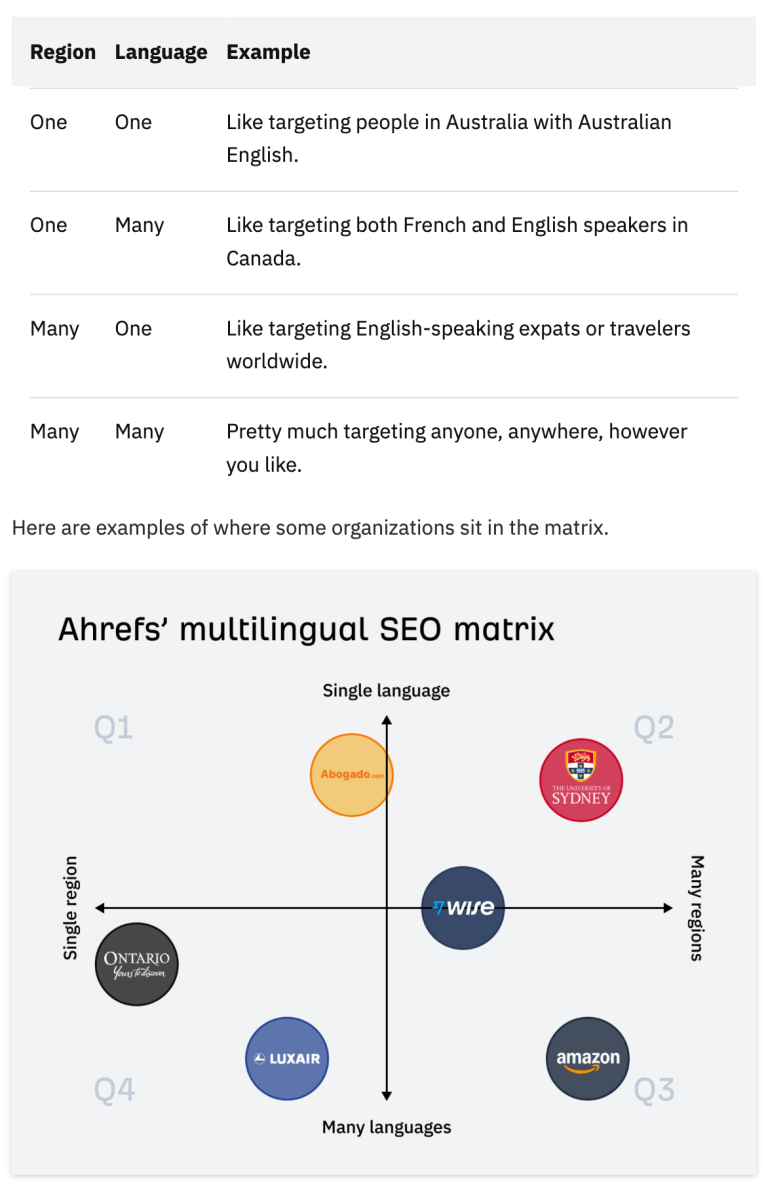
It’s never too early to start planning as a business leader. That’s especially the case when you’re planning to add talent to your company in the coming year. One of the best places to snag tomorrow’s managers and executives is on college campuses. But you need to plan your strategy to source, recruit, and retain high performers soon. That way, you can stay ahead of your competition.
Before you lay out your process for wooing freshly degreed Gen Z employers, you need to keep a few things in mind. First, this generation is eager to make their mark. As noted in a Girls With Impact Report from 2019-2020, nearly two-thirds of Gen Z would like to change the world. Beyond being a lofty goal, it shows how determined your youngest workers could be. Secondly, Gen Z knows it’s a buyer’s labor market. Even though jobs aren’t as plentiful as they were, candidates still have a bit of an upper hand. This is particularly true in high-demand industries like tech.
With these considerations in mind, your objective is to find creative ways to scoop up fresh talent from 2023’s graduating cohorts. Below are some suggestions to help guide your hiring roadmap.
1. Get your company in front of prospective graduates early and often.
Table of Contents
Don’t wait until late spring to put on a recruitment push at colleges. By then, the best people will already either have job offers on the table. Consider the 2021 graduates at High Point University (HPU) in North Carolina. The institution doesn’t just boast a 98% employment rate for its grads within six months. Quite a few graduates have roles waiting for them after all the celebrating is over. It’s not surprising, given HPU’s commitment to focusing on enhancing its student population’s career and professional development skills.
How can you start getting noticed by college seniors? Most colleges have career-related departments or offices. Contact them and find out if the school will be hosting virtual or in-person fairs or events. Or, find out how you can get your job postings in front of soon-to-be grads. Making a connection with schools is a terrific way to start the recruitment process.
2. Make the candidate journey as digital as you can.
Generation Z is the first generation to be considered “digital natives.” They’re accustomed to doing everything on their devices, including applying for jobs. The last thing they want is to have to fill out a paper form or make an unnecessary phone call. And remember that they’re studying hard, so they may prefer to apply when it’s convenient for them.
How can you ramp up the digital aspects of your hiring experience? For one, be sure that it’s simple to submit an application and supporting documents online. Next, keep all communication fast and digital, at least initially. Emails and text messages are good ways to acknowledge that you’ve received information or two set up meetings. For your first round or two of interviews, consider making Zoom or Teams your format of choice. This makes it easier for you to source candidates from anywhere and for candidates to practice their online interviewing. The more touchpoints you can turn digital, the more intuitive the workflow will be for your applicants.
3. Offer continuing development opportunities for new employees.
When asked, almost three-quarters of Generation Z and Millennial workers said they were considering leaving their employers. The reason for their discontent might surprise you: They wanted opportunities to keep learning. Unfortunately, they didn’t feel they were getting them from their current company. So they were looking around for a place that would help them upskill and, if needed, reskill.
New graduates might be a little burned out on writing papers and taking tests. Nevertheless, they’re typically still enthusiastic about gaining knowledge. With this in mind, you should come up with robust training beyond the onboarding period. The training could be anything from covering the cost of certification programs to setting up formal executive-employee mentorships. Just make sure that you let all candidates know about the continuing education they can expect as team members.
4. Add student loan repayment assistance as a corporate benefit.
What do Aetna, Carvana, and Google have in common? Aside from being big businesses, they all help employees pay off their student loans. The average college graduate who took out loans owes more than $28,000. Though that number might not seem terribly high, it can seem daunting. Offering a little assistance to new employees may make top talent think twice about saying yes.
In addition to student loan repayment offers, think about other benefits you might add as well. These could include flexible work schedules, pet health insurance, generous parental leave, unlimited (or liberal) paid time off, and plenty of retirement options. Why retirement vehicles? Gen Z was brought up during the Recession of 2008 and 2009. As a result, many college grads want to start planning for financial freedom later when they retire.
5. Lead with your corporate purpose.
Think back to all those Generation Z graduates who want to do something big during their lifetimes. One way to show you support them is by telling them about your company’s purpose. A strong purpose can have swaying power with Gen Z job seekers. For example, let’s say your business is passionate about moving toward lowering its carbon footprint. That type of purpose could be attractive to a recent graduate who cares about the environment.
If you don’t already have a corporate purpose, it’s time to come up with one. Your purpose won’t just be a beacon to applicants. It will send a message to customers, too. Consumers have changed the way they shop. More than ever, they want to support mission-driven organizations. By creating and advertising your company’s purpose, you may simultaneously attract terrific young workers and improve buyer loyalty. Talk about a win-win!
It won’t be long before the next round of college graduates enters the workforce. With some planning, you can ensure the brightest members of the class of 2023 start their careers on your payroll.






